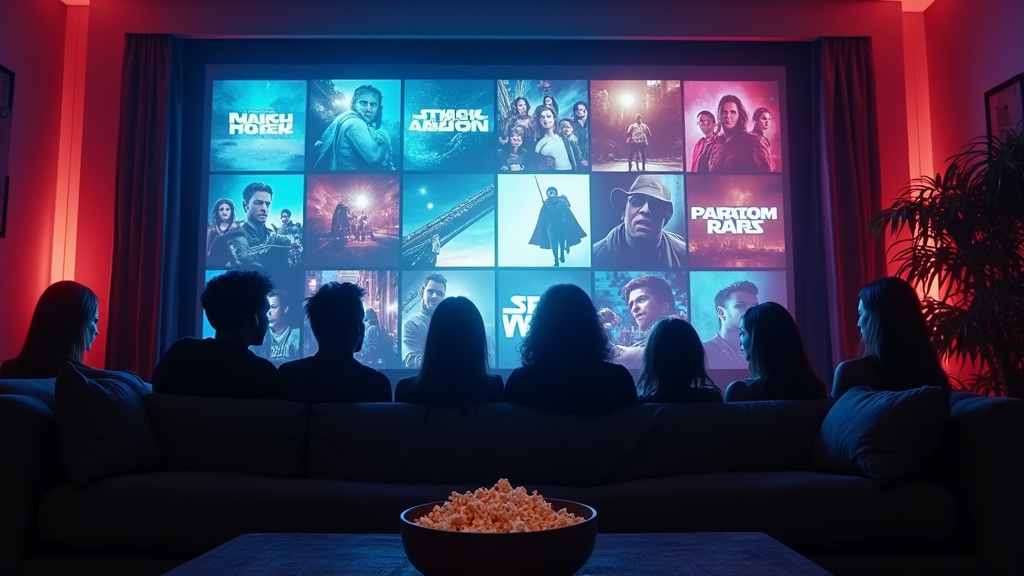Kennedy Space Center, Florida – The Boeing-built X-37B Orbital Test Vehicle, an uncrewed and autonomous spaceplane, has successfully launched on its eighth mission, marking a significant step in the advancement of cutting-edge space technology. Liftoff occurred on August 21, 2025, at 11:50 p.m. EDT (0350 UTC on August 22), aboard a SpaceX Falcon 9 rocket from Launch Complex 39A at NASA’s Kennedy Space Center. The reusable first-stage booster of the Falcon 9 made a precise landing at Cape Canaveral Space Force Station approximately eight and a half minutes after launch.
This latest news follows less than six months after the X-37B completed its seventh mission, demonstrating the program’s rapid turnaround capabilities. The spaceplane is now in orbit and reportedly healthy, beginning its standard checkout procedures as it embarks on a new, largely secretive, but strategically vital mission.
The Eighth Orbital Odyssey Begins
Designated OTV-8 or USSF-36, this mission carries a wide array of test and experimentation objectives, contributing to the nation’s ongoing efforts to enhance its space capabilities. The X-37B program is a joint government-industry partnership led by the U.S. Air Force Rapid Capabilities Office (AFRCO), with operational oversight from the U.S. Space Force (USSF). Boeing teams, primarily based in Seal Beach, California, and Kennedy Space Center, Florida, are responsible for the design, construction, integration, and operation of the advanced spaceplane.
A key enhancement for this mission is a Boeing integrated service module, designed to significantly increase the payload capacity for experimentation activities on orbit. This modular design allows for a broader range of scientific and technological advancements to be tested in the unique environment of space.
Pioneering Next-Generation Space Technology
The X-37B is hosting several critical technology demonstrations from various U.S. government partners, including the Defense Innovation Unit (DIU) and the Air Force Research Laboratory (AFRL). Two publicly disclosed experiments highlight the mission’s focus on bolstering space resilience and navigation:
First, the mission will demonstrate high-bandwidth laser communications technology. These inter-satellite laser links will interact with commercial satellite networks in Low Earth Orbit (LEO), aiming to significantly increase data transport speeds and enhance the security of communications. Gen. Chance Saltzman, Chief of Space Operations for the U.S. Space Force, emphasized that this demonstration marks an important step in leveraging proliferated space networks for a diversified and redundant space architecture, strengthening its resilience and reliability.
Second, the spaceplane is testing a state-of-the-art quantum inertial sensor. This innovative sensor is designed to support navigation independently of GPS by observing the rotation and acceleration of atoms. It represents the highest-performing strategic grade quantum inertial sensor ever tested in space and is crucial for developing robust navigation capabilities in GPS-denied environments or for future operations in cislunar space and beyond.
A Legacy of Innovation and Rapid Experimentation
First launched in April 2010, the X-37B program has consistently pushed the boundaries of reusable spacecraft technology. The program operates with two identical vehicles, which have collectively accumulated over 4,200 days in space across seven previous missions—equating to over 11.5 years.
Previous missions have included a diverse range of experiments, from space radiation studies and space domain awareness technologies to testing methods for harnessing solar energy and analyzing the effects of space on seeds, informing efforts to sustain human life on long-duration crewed missions. The seventh mission, which concluded on March 7, 2025, notably executed a first-of-its-kind aerobraking maneuver to change orbits while conserving propellant. This capability allows for more flexible and dynamic orbital operations.
Michelle Parker, Vice President of Boeing Space Mission Systems, highlighted the critical role of the program: “Having a returnable space platform allows us to learn faster. The data we gather from the X-37B speeds decisions, hardens our architectures, and helps Guardians stay connected and on course even in contested environments.”
Strategic Implications for the Space Domain
The ongoing X-37B missions underscore a strategic imperative for the U.S. Space Force to develop and integrate advanced technology for national security. The experiments onboard OTV-8 are designed to enhance the resilience, efficiency, and security of U.S. space-based communication and navigation architectures. This directly supports the Space Force’s objective of maintaining a decisive advantage in an increasingly competitive and congested space domain.
The ability to conduct long-duration, in-orbit testing and return experiments to Earth for detailed analysis makes the X-37B an invaluable testbed. This iterative process of experimentation and data collection is vital for expediting the development of critical next-generation technologies and operational concepts for reusable space capabilities, ultimately shaping the future of space exploration and defense.
As the X-37B embarks on its eighth journey, the world watches closely for the unfolding news and implications of its classified and unclassified payloads, anticipating the breakthroughs in space technology that these missions consistently deliver.














